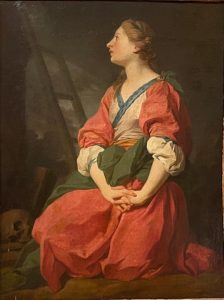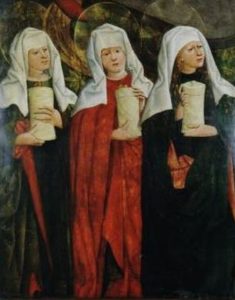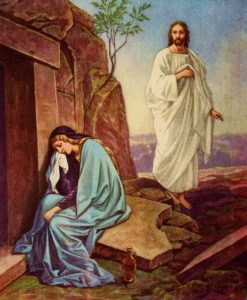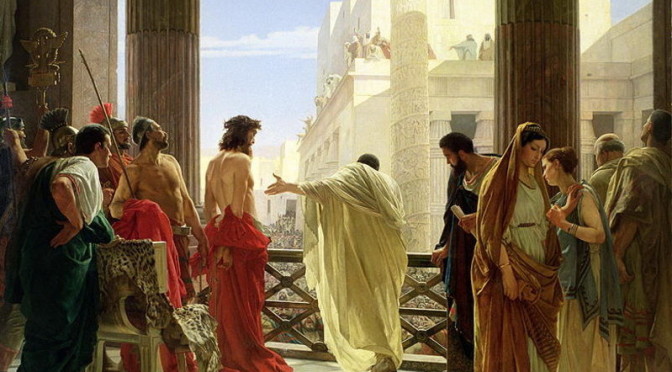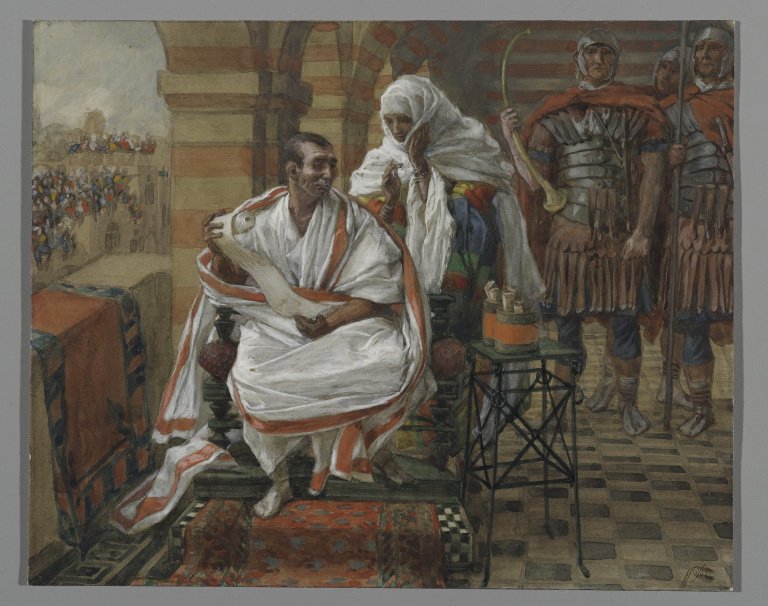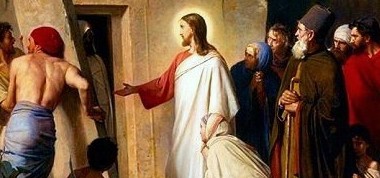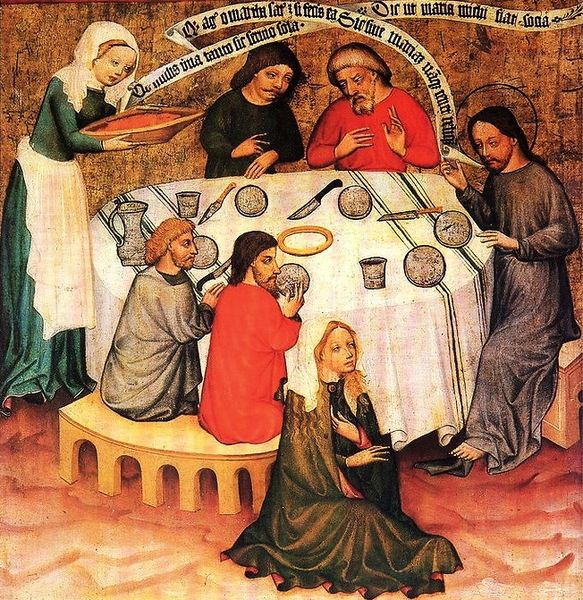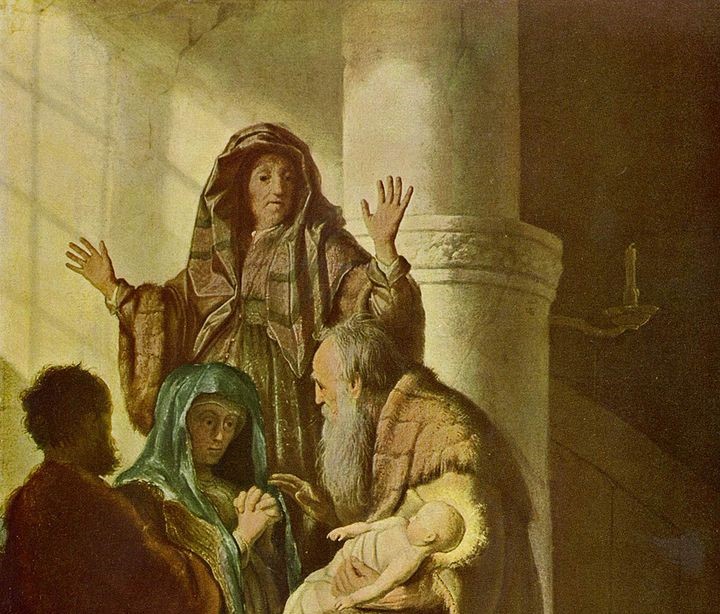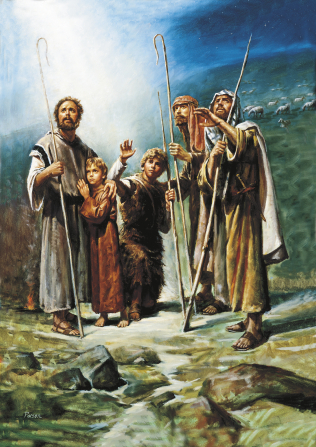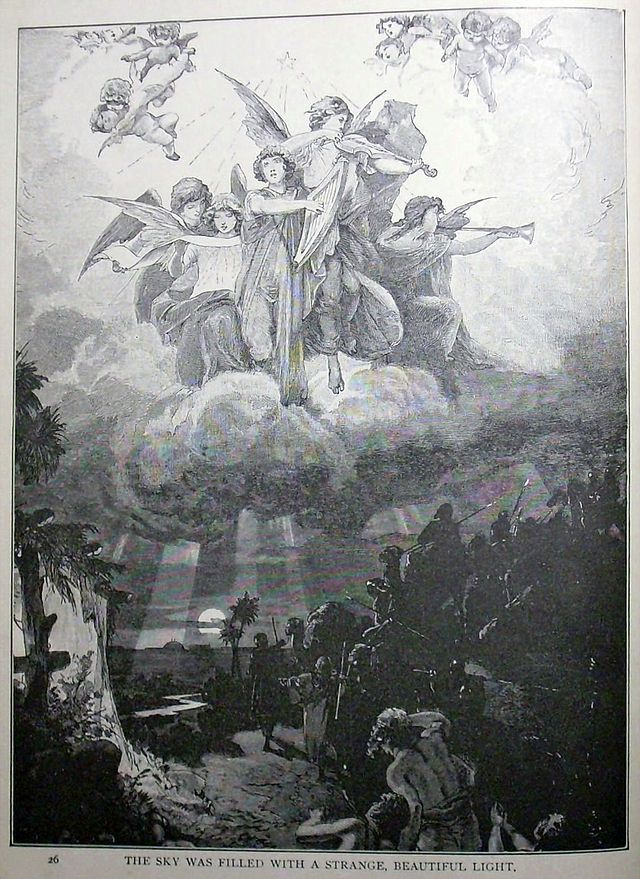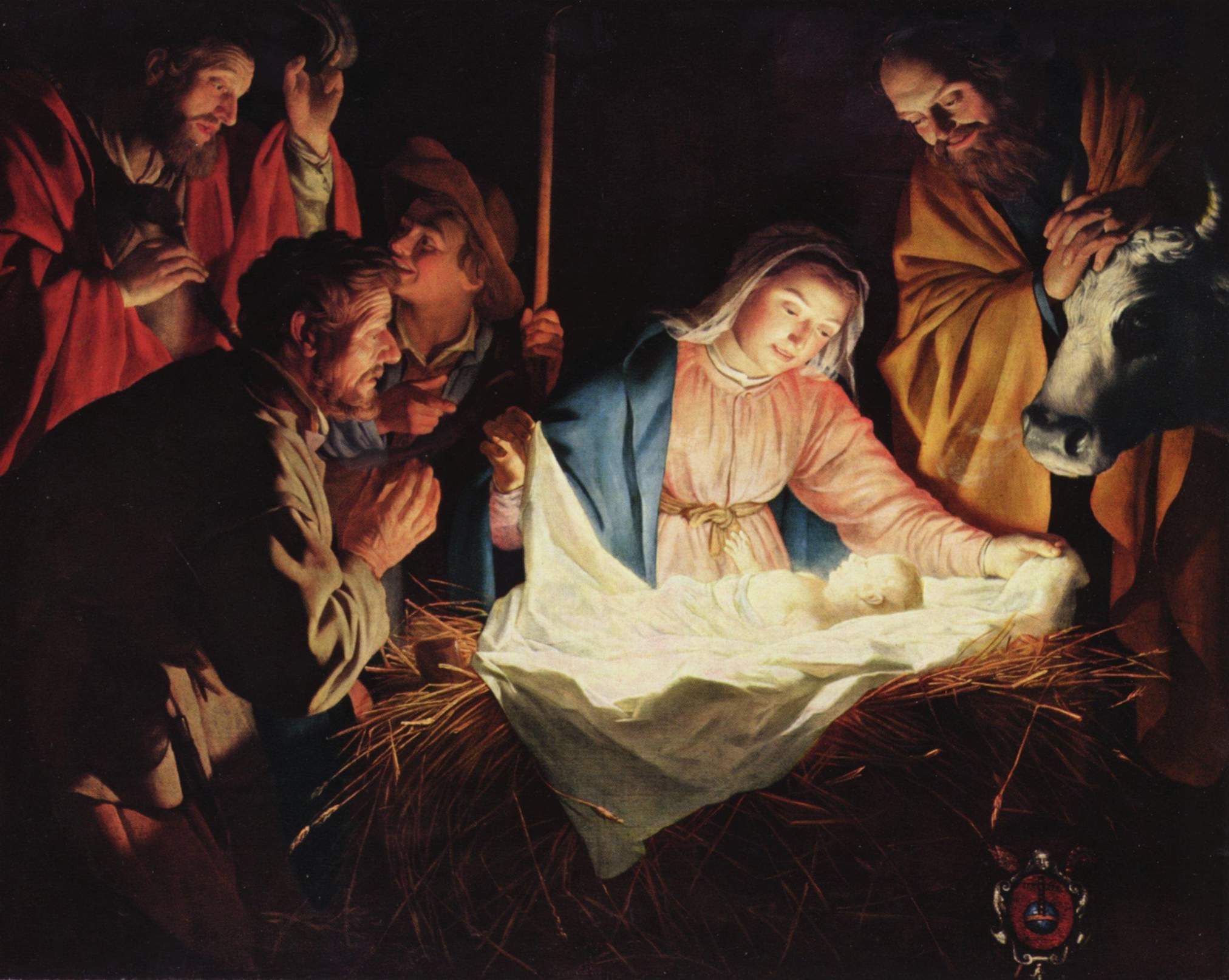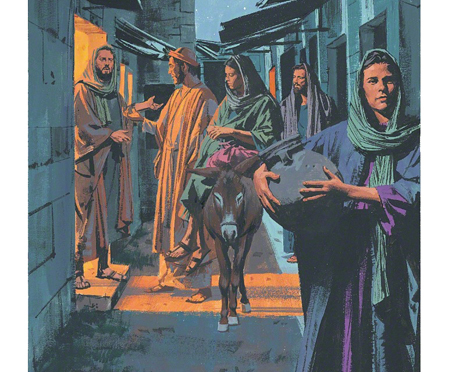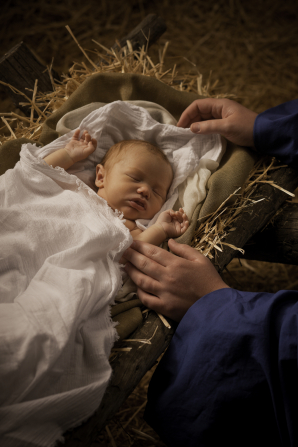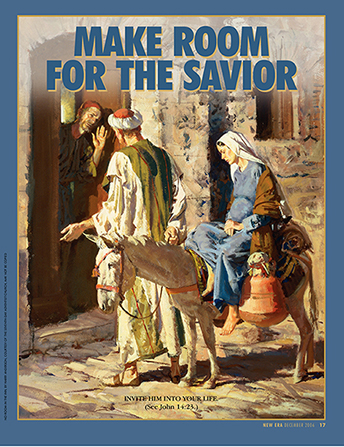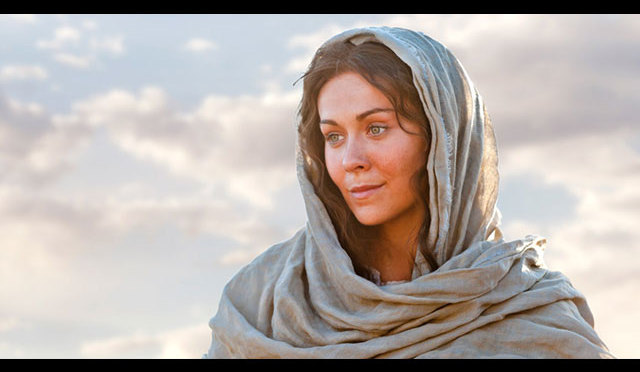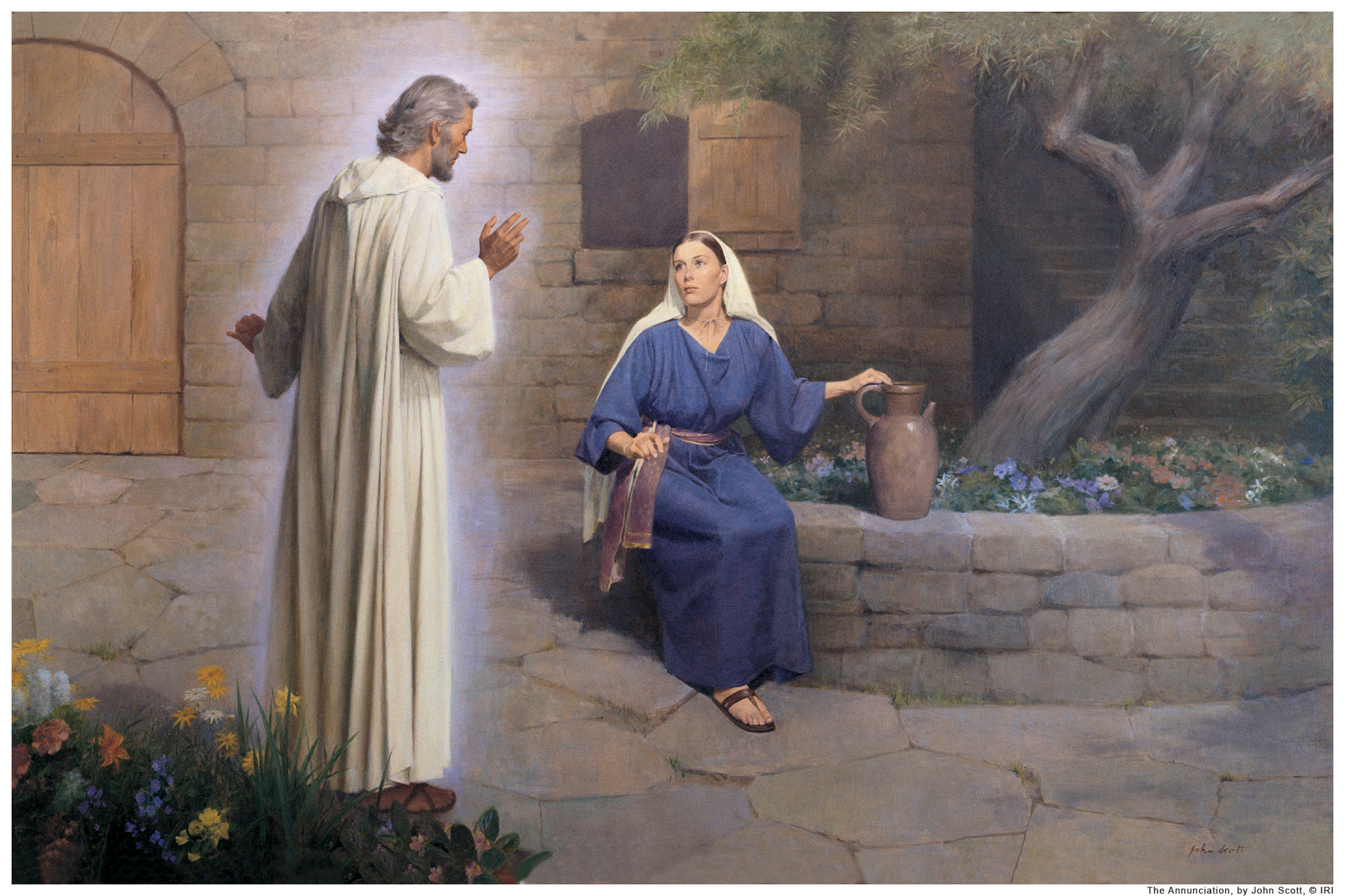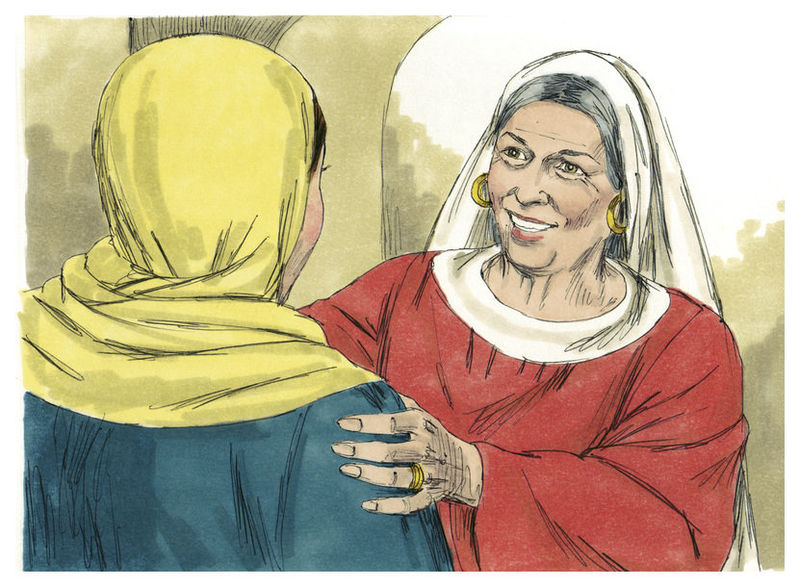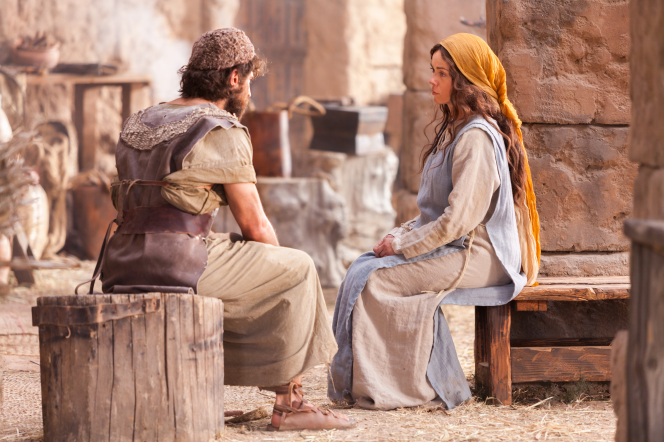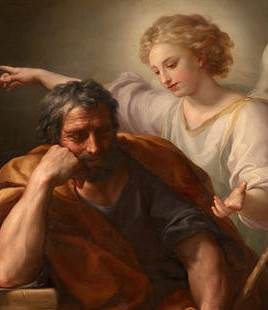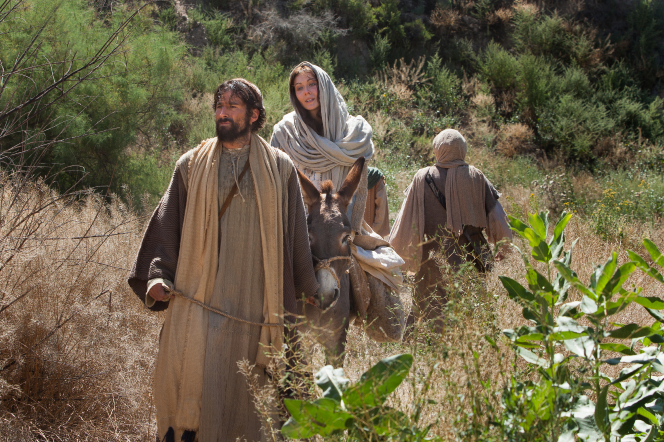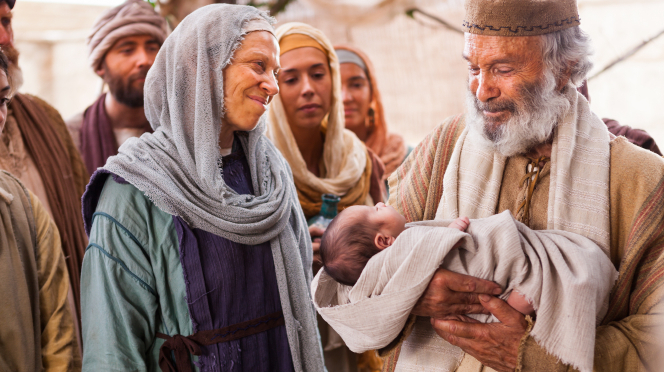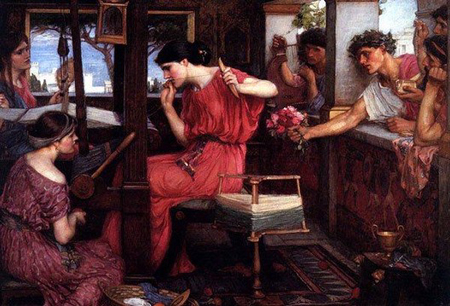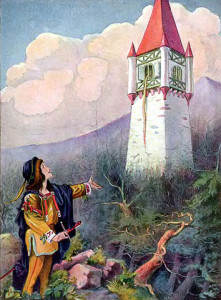Throughout His life, it was clear that Jesus cared for women and they cared for Him. As His death was approaching, we read of women who were standing up for Him and ready to attend to His needs.
If a good woman nowadays could travel back to that point, I think she’d be supportive and proud of these women.
These women were risk takers. You had to be brave if you chose to associate yourself with Jesus. And some were willing to stay with Him to the very end.
The Cross
While Jesus was on the cross, “many women were there beholding afar off, which followed Jesus from Galilee, ministering unto him.”
Jesus paid special attention to Mary, his mother, while He was on the cross. He addressed his mother and told his apostle John to care and take her away to safety.
Mary Magdalene’s name shows up in all gospel accounts at being present during these dramatic events. The gospels named and described some further women.
According to Matthew: “Mary the mother of James and Joses, and the mother of Zebedee’s children.” (The mother of Zebedee’s is John’s mother. John, the beloved and the one who brought Jesus’ mother to safety.)
Mark said, “Mary the mother of James the less and of Joses, and Salome….and many other women which came up with him unto Jerusalem.”
John added, “his [Jesus’] mother’s sister, Mary the wife of Cleophas.” The women who were identified were close or related to Jesus or his apostles; it’s a very moving.
Also, the “many women” and “many other women” mention is extraordinary!
The Tomb
Most of those identified women are mentioned again when they traveled to the tomb and had “prepared ointments and spice,” for the body of Jesus.
A very special moment occurred on the first day of the week, when Mary Magdalene and the “other Mary” went back to the tomb with spices to discover it’s empty but angels were there who tell them exciting news:
“Why see the living among the dead? He is not here, but is risen.”
These two Marys plus a Joanna and “the other women that were with them” reported to the apostles who at first didn’t believe them. But Peter and John went back with Mary Magdalene to see the tomb was empty.
The Resurrection
After Peter and John left, Mary Magdalene stayed.
And Jesus appeared to her.
Jesus didn’t go to the apostles first– “he appeared first to Mary Magdalene” who reported back to some still doubting disciples.
Women played an active part in the Easter story. They tried to protect Jesus, and he acknowledged them and their importance. There were those who were identified, but there were may other women also ready to help. This episode in the Bible demonstrate how much women are valued by Jesus Christ.
Bonus video
Produced by the Church of Jesus Christ of Latter-Day Saints
References:
Matthew 27 and 28
Mark 15 and 16
Luke 23 and 24
John 19 and 20
Further reading:
Mary Magdalene–Tower of Strength
Images:
La Madeleine painting by Pierre Subleyras
The Three Marys at the Tomb painting by Mikołaj Haberschrack, 15th century
The Resurrection Day, after Heinrich Hofmann, published on Bible card; found http://thebiblerevival.com/clipart27.htm
